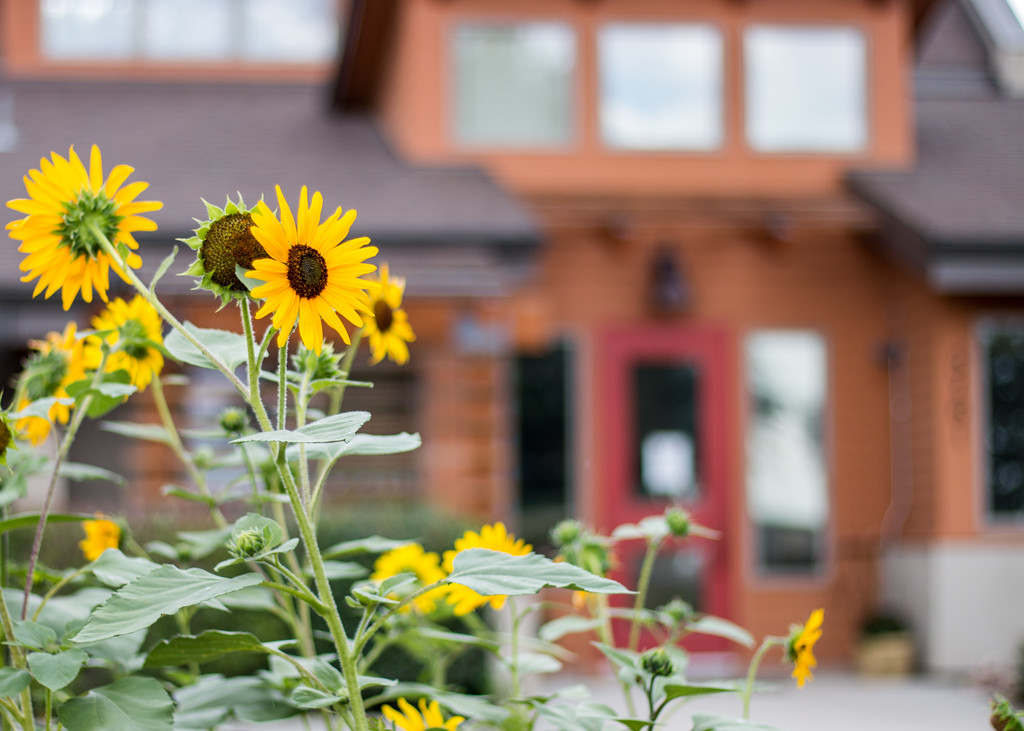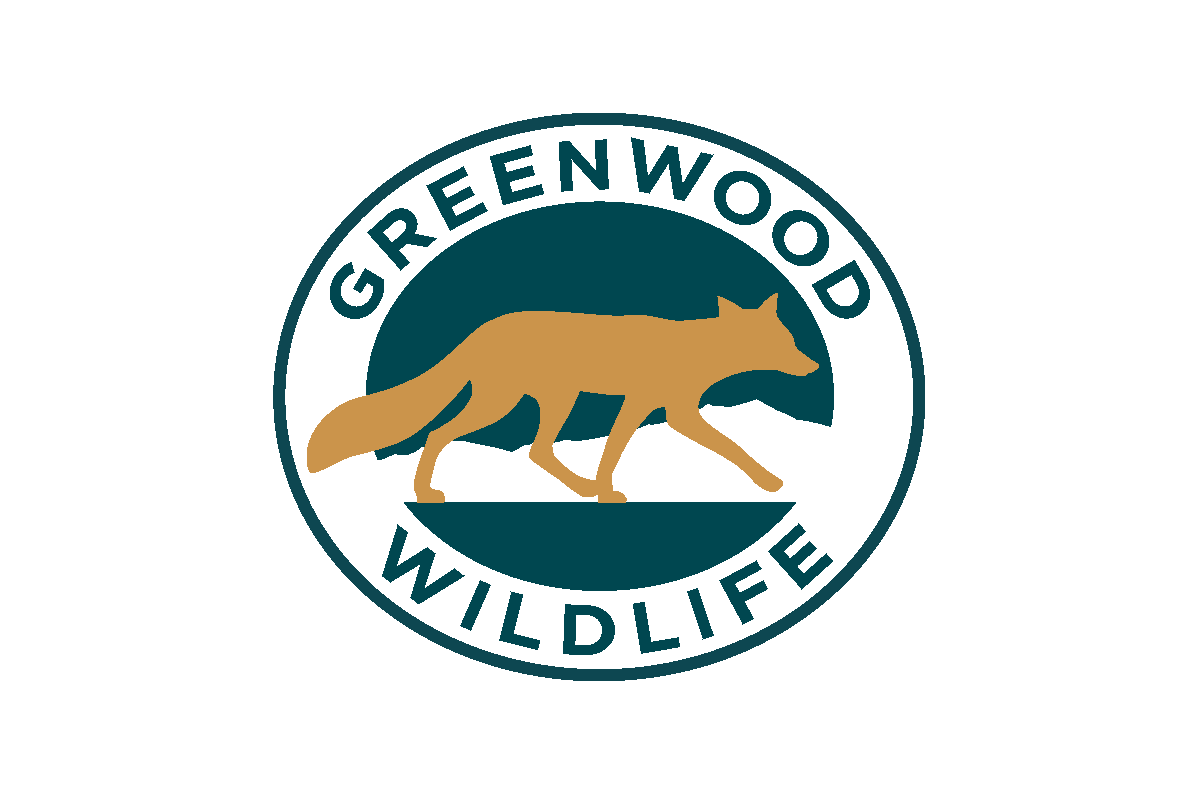Our Mission | Wildlife Rehabilitation | History | Annual Report
Our Mission
Greenwood Wildlife Rehabilitation Center is a nonprofit 501(c)(3) organization that provides compassionate care to orphaned, injured, and sick wildlife. We are a trusted and established wildlife rehabilitation center on the Front Range.
Over 200 different species have come through our doors since we were founded in 1982, from hummingbirds to coyotes. We are able to care for thousands of mammals, birds, and waterfowl every year. Greenwood does not have the appropriate state permits to care for bats, skunks, rattlesnakes, large mammals, or birds of prey. However, we can advise the public on situations and provide phone numbers of other Colorado rehabilitators that treat these animals.
Wildlife Rehabilitation
Wildlife rehabilitation aims to provide professional care to animals in need to be returned to their natural habitats. Those animals that sustain injuries or illnesses that prevent them from a successful life in the wild usually are euthanized to bring their suffering to a humane end.
This process is not an attempt to turn wild animals into pets. Patients are held only until they can live independently in the wild. Fear of humans is a necessary survival trait for wild animals, and every effort is made to minimize human contact and prevent the taming of rehabilitation patients. Often, this is an elaborate and time-consuming process.
Wildlife rehabilitators work with veterinarians to assess injuries and diagnose a variety of illnesses. Rehabilitators must be able to administer triage the patient and consult the veterinarian. Because wild animals are so different from domestic animals, rehabilitators need extensive knowledge about the species in their care, including natural history, nutritional requirements, behavioral issues, and caging considerations. They also need to understand any dangers the animals may present to rehabilitators.
Federal law protects almost all birds; state laws protect most other kinds of wildlife. Before receiving their permits, they must meet various requirements such as specialized training, participation in mentorship programs, facility inspections, and written or oral exams. Rehabilitators who wish to care for birds must also get permits from the U. S. Fish and Wildlife Service. Once they receive their permits, conscientious rehabilitators continue their education by attending conferences, seminars, and workshops, by keeping up with published literature, and by networking with others in the field.
Young birds and mammals should be reunited with their families if at all possible; rehabilitators are not equivalent replacements for biological parents. Rehabilitators can provide instructions for how to reunite wildlife families, keeping the safety of the animals and the rescuers in mind, and they can suggest humane, long-term solutions when conflicts arise between humans and their wild neighbors.
History
In 1982, the Humane Society of Boulder Valley (HSBV) founded a wildlife rehabilitation center at their facility. One year later, the family and friends of Natalie Gneiser, a young woman who was killed while trying to rescue an injured dog on the highway, donated memorial funds to this cause, allowing the center to expand to help more patients.
During the next 14 years, the number of animals brought to the Center for care increased 20 – 30% each year. Meanwhile, the City of Boulder grew around HSBV, and it became increasingly difficult to provide a quiet and secure environment for recuperating animals.
In March 1993, the Center incorporated due to its continuous growth and was named Greenwood Wildlife Rehabilitation Sanctuary (officially renamed “Center” in 2008). Greenwood was the name of the Center’s first rehabilitated raccoon, which had been burned in a chimney fire. At the time, Greenwood was operating out of a veterinarian’s office in north Longmont.
In 1997, Greenwood secured a lease from Boulder County for property on Highway 66 between Longmont and Lyons. For the next 10 years, it operated out of two modular units on this site. Caging was built for raccoons, songbirds, squirrels, rabbits, coyotes, and foxes.
In 2006, Greenwood began to address the need for a new facility, which had been a dream for many years and was badly needed. In 2007, the Center received a contribution to purchase the previously leased property plus an additional 1.5 acres. Another large contribution provided funds to help build a new, state-of-the-art facility, with donations coming from many other donors.
Greenwood moved into the new building in early 2009. This great step forward was a testament to the commitment of Greenwood’s supporters and the broader community to provide the best care possible for orphaned and injured wildlife.

Fundraising efforts and the annual budget continued to increase with the addition of a Thrift Shop in 2004 and a major annual event, Wild Night for Wildlife, in 2009. In 2012, Greenwood relocated the Thrift Shop and expanded its retail efforts to include a Consignment Gallery, the only nonprofit store of its kind in Boulder County. Education and outreach programs, the other important component of Greenwood’s mission, continue to grow.
As a small nonprofit, the Center depends on the more than 500 volunteers, interns, and seasonal employees who work diligently to care for up to 500 animals daily during peak season.
Greenwood currently has 16 rehabilitators licensed by the Colorado Division of Parks and Wildlife, and our success rate remains high. As the only facility providing care for a wide variety of species from Pueblo to the Wyoming border, Greenwood provides leadership to the wildlife rehabilitation community throughout Colorado and the nation.
